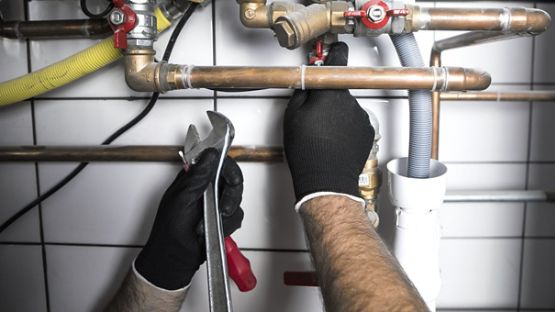This winter, try something new and join an intrepid group of Canadians: all-season RVers. These hardy folks aren’t ready to lose the freedom of the open road for our longest and coldest season. Instead, they keep their vacation vehicle tuned up and ready for adventure—anytime.
Whether you’re thinking about heading south or enjoying the beauty of a winter landscape in Canada, here are some tips to help you plan a safe, fun RV journey in our frostiest season.
Research your route carefully. When RVing in the summer, you can afford to be spontaneous. Less so in the winter. Many campsites close between October and May so you need to find out the right place to park ahead of time. Road conditions are also a consideration. All over North America, there are pockets of roadways that are particularly dangerous and unpredictable in winter. Find routes that have the fewest accidents on record. Look at weather patterns in the past and upcoming forecasts to choose the right time to travel.
Pack well. Your winter RV trip requires more gear than in summertime. Extra blankets, heavy-duty sleeping bags and plenty of winter clothing (think layers!) are a must. It’s also wise to pack more of the usual supplies, such as food, batteries, matches and drinking water in case of emergency. And then there are the necessities for your winter ride, including:
o Tire chains
o Cash
o Gas-powered generator
o Hair dryer to defrost equipment, if necessary
o Weather band radio
o “White gas” camping stove (no propane necessary)
o Emergency GPS system
o Solar charging panels to recharge batteries
o Firewood
Make sure your RV is equipped for winter travel. Just like other vehicles, RVs need to be prepared for winter weather. Here are a few things to double check to ensure your ride is toasty and safe
o Re-caulk window seals to keep howling winds out and/or replace with insulated windows or curtains to keep all drafts out
o Replace weather stripping on all exterior doors, windows and access panels, if necessary
o Invest in RV skirts to help seal or cut an insulating foam board to fit between the RV frame and the ground around the base of the vehicle to act as a cold-air barrier
o Add pink RV antifreeze to your holding tanks to keep dump valves from freezing OR install holding tank heaters
o Wrap your sewer hose in insulation or heat tape to prevent ice dams from forming inside
o Seal roof vents and skylights with RV vent cushions or make your own with thick padding
o Bring support boards to park on to prevent your RV from sinking into thawed ground
Are you ready to go? One last thing: don’t forget to check with your insurance broker to ensure your RV is covered all year round. Now, get out there and enjoy a whole new RV experience!













